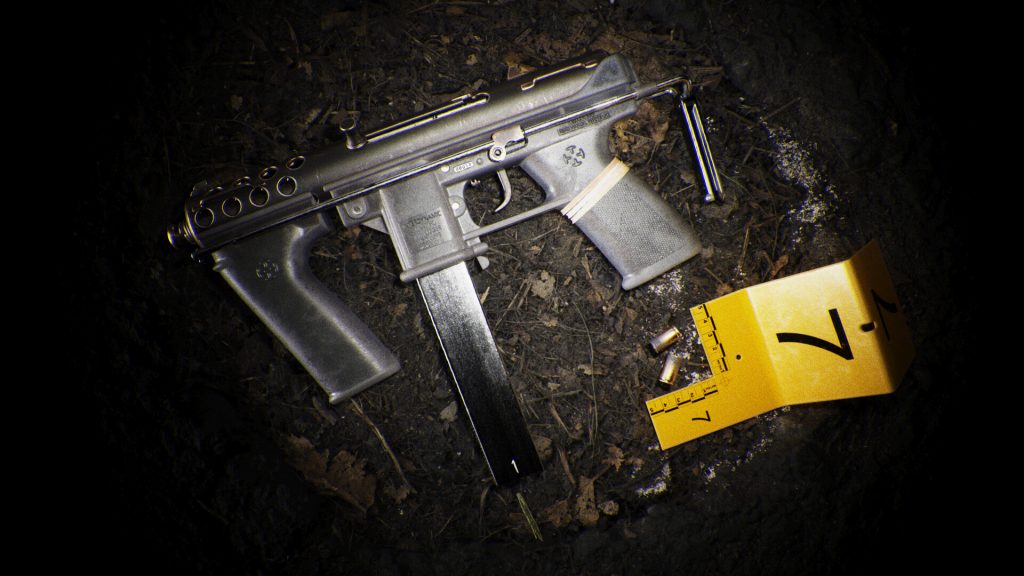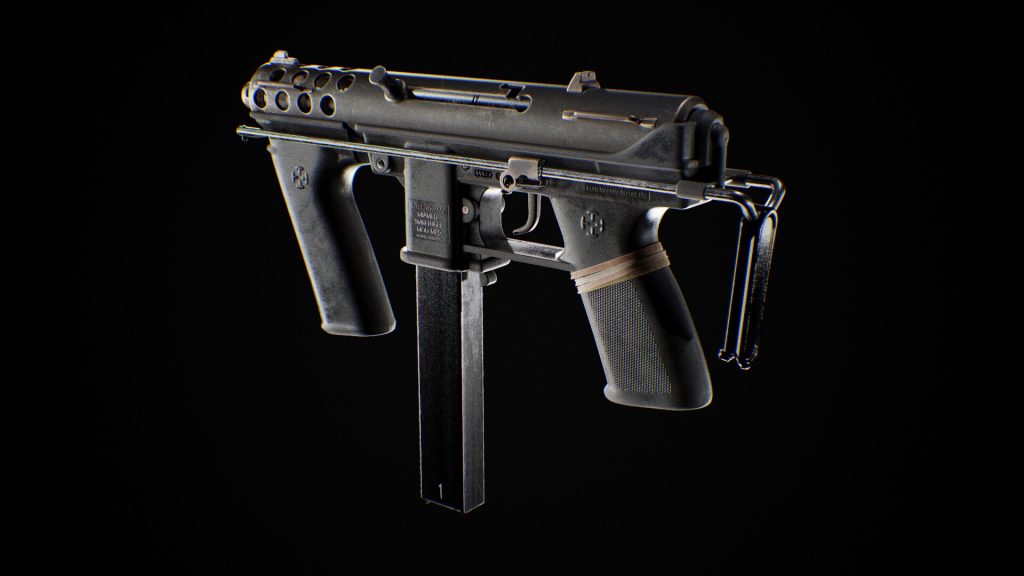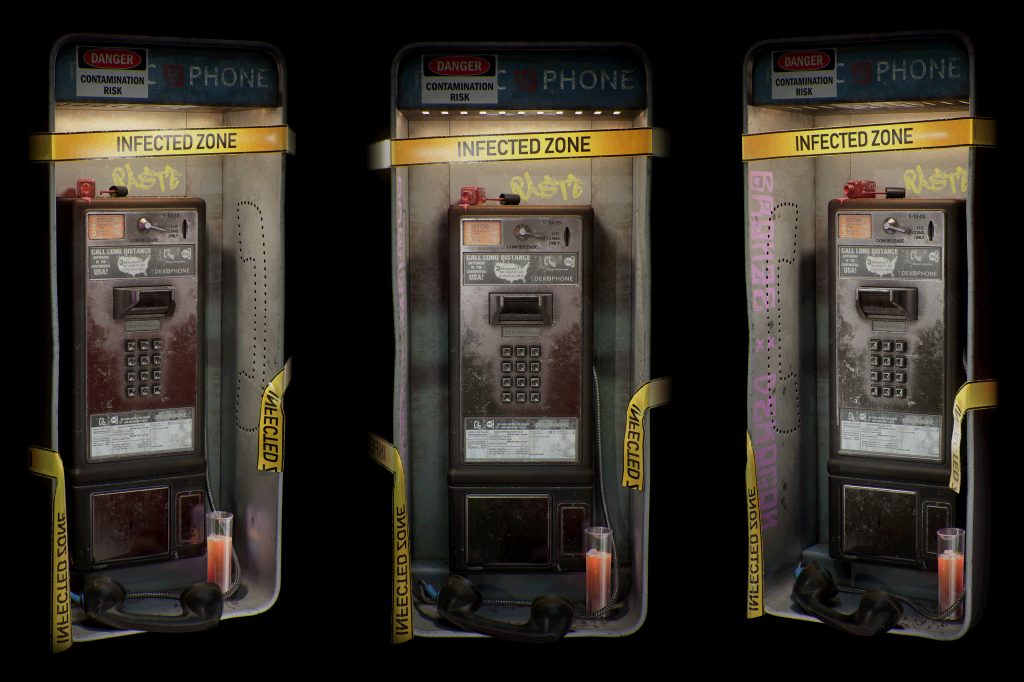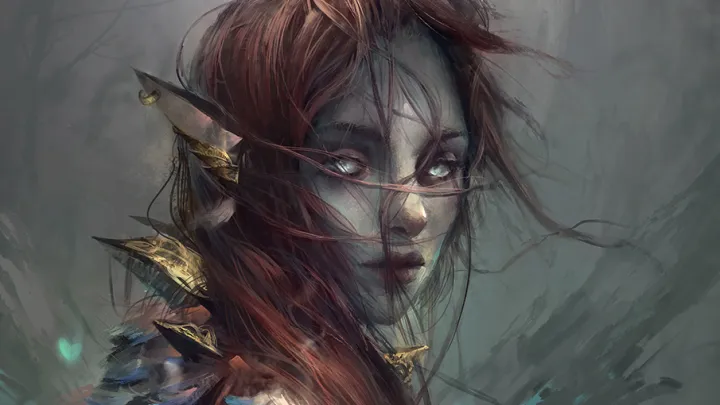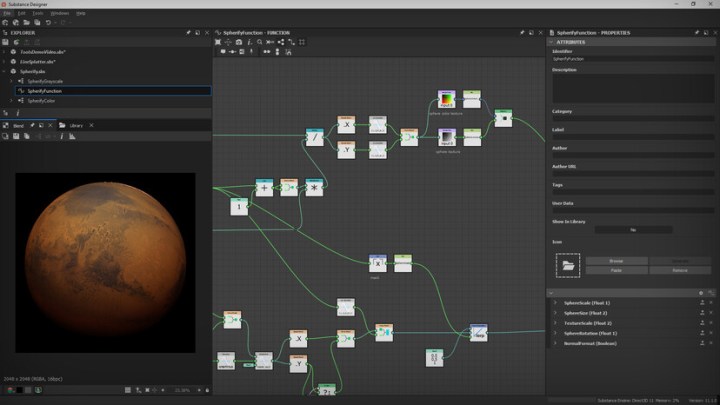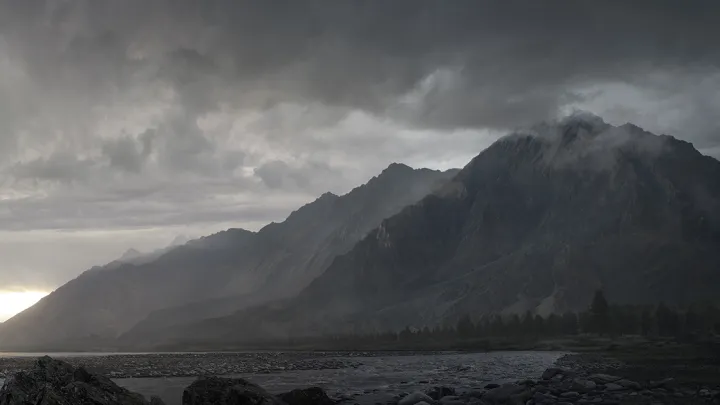Quality vs Quantity in Storytelling with Javier Benitez
In the recently released Quantity vs Quality in Storytelling series on ArtStation Learning, Javier Benitez breaks down how to come up with simple yet effective pieces to develop a strong portfolio quickly, without the need to commit to large scenes or complex assets.
Javier Benitez is a freelance artist with over 5 years of experience in video games. He’s worked at AAA studios such as Dambuster and outsource studios such as Dekogon where he was a Lead Artist.
Behind the course:
The story behind this course comes down to me thinking about a solution to a problem I have always had since I started working. I had a ton of ideas for pieces that I wanted to make with very different moods and styles, eras, etc, but I didn’t have much free time to develop any of these pieces.
After getting tired of starting a good amount of projects that I never finished because I had already explored that idea and wasn’t going to get much from it, I decided to give it a twist. I wanted to make the best looking pieces with the least amount of environment pieces, or whatever it ended up being, with the least amount of props.
I think this is very valuable for every artist like myself, who has a ton of ideas and is always looking to explore new techniques and workflows for different styles. If you want to take these pieces to a presentable state, or simply need to come up with a new portfolio fast to reach the standards or specifications from a company, it’s for you.
Most memorable learning experience:
I have many memorable experiences. The most important one might sound kind of silly, but it is actually the one that laid the foundations of who I am as an artist now and that was learning about forums and social media as a tool to receive feedback. I often thought I was kind of alone in the videogame industry and that it would be impossible to learn from the best without actually working with them. But at that point, I wasn’t by any means good at anything related to game art, so that wasn’t an option.
I then started to post my work in Polycount and received tons of feedback from great artists, which was exactly what I needed to start to get better at art. I talk about this more in my upcoming career advice course on Artstation Learning, but basically, it all comes down to posting your work so that others can see it and being open to critiques and feedback that will make you better. Polycount is not as good as a resource as it was in the past as people have moved to other platforms, but there are discord servers such as The DiNusty Empire or Facebook pages like Ten Thousand Hours that will serve the same purpose.
1 piece of advice:
I am a young artist myself. I started working in the industry when I was 18 years old. Something I wished someone would have told me back then is that just because you are young, it doesn’t mean you are less valuable. Sadly, people tend to think that young people act crazy and lack focus. While this might be true in some areas, it doesn’t mean someone young can’t be a great team player. Stand your ground and be serious. You will have to work hard in order to be taken seriously, but it is such an advantage to be young and be working at a young age. Overcoming every obstacle in your way will always be worth it.
I am 25 years old now and the experiences I had working made me a strong individual that is capable and willing to face every challenge that is put in front of me. I’ve made many mistakes in the past and those too, are great learning experiences. I would even say they taught me more than the things I did right. To keep it short, the moral of this story is that if you work hard, know what you want, and pursue it, you’ll succeed easily. Don’t be afraid to fail. We all do. What is important is to learn from it.
How to improve the quality of your work:
This one might be too obvious. Practice. Sometimes we don’t find time to do this, so my best advice for this would be to develop a routine. Some days you are super tired and don’t want to sit down in front of your computer and do art. My good friend Jesus Blasco suggested that I should start by working for 10 minutes a day at least. This might sound silly, but you are actually allocating some time on your day to do work, and with a bit of time, you’ll end up extending those 10 minutes the days you are enjoying what you are doing. In the worst cases, you’ll have maintained a routine and can turn off the PC after 10 minutes. That’s totally fine as long as you are overcoming being a sloth.
Something else I recommend to my students to improve their quality is to watch other disciplines in art do their job. For example, every day before going to bed, I watch a movie that has good compositions. After that, I enjoy a video showing watercolor, sculpting, oil painting techniques, etc. It helps me understand color, shapes, composition, and what is important to detail and what isn’t in order to get an interesting and balanced piece, etc.
ArtStation Learning courses are included in all ArtStation premium subscriptions. Find out more >
See more of Javier’s work here.
